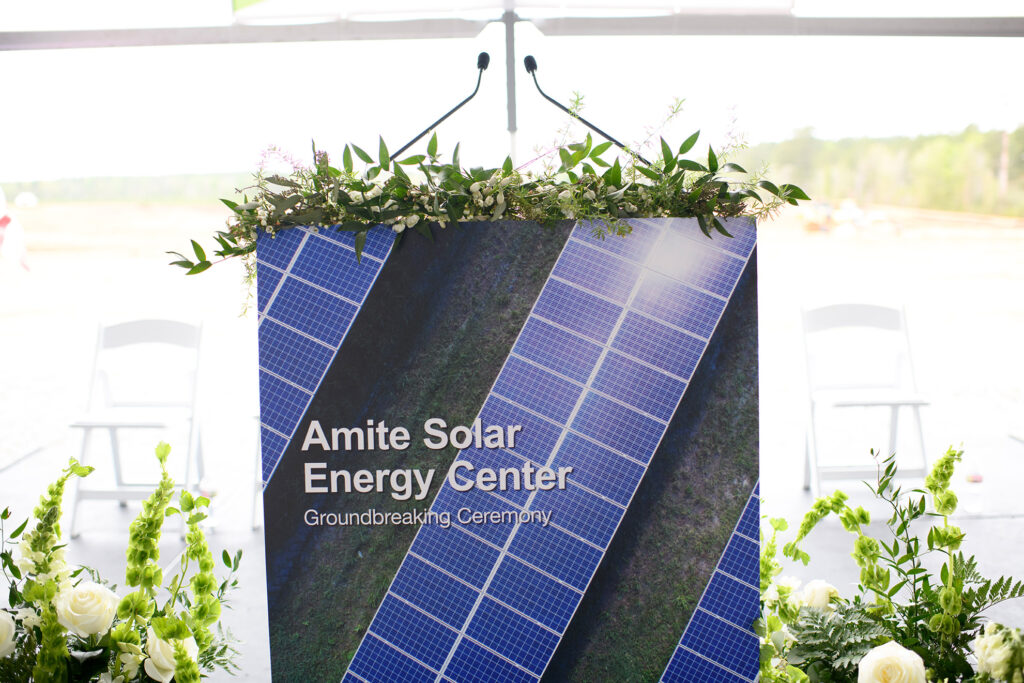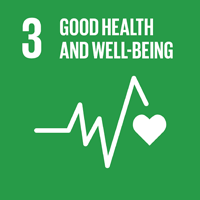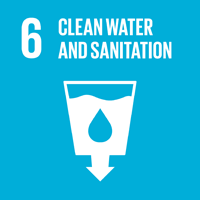- Sustainability at Greif
- Estrategias de sostenibilidad
- Metas y desempeño
- Índices de informes ESG
- Descargas de informes
Reflejos
- 2024 marked the fourth consecutive year that Greif subsidiary, Soterra, received Sustainable Forestry Initiative (SFI®) certification as recognition for its forest management activities and products. Since 2008, our land management practices have aligned with SFI principles.
- To meet our ambitious climate goals and help our customers achieve their own, we are leveraging nature-based solutions. In 2024, Soterra generated 59 percent of its revenue from non-timber land management initiatives including solar leases and carbon sequestration projects.
- Greif held over 174,000 acres of forest under management, which sequestered approximately 175,264 metric tons of CO2 in 2024.
Por qué es importante priorizar la naturaleza
We believe it is our responsibility to maximize positive impacts on our owned and operated lands while minimizing our impact on the local flora and fauna. Informed land management decisions enable us to create customer and business value while upholding the highest forestry management standards. Our dedication to prioritizing nature is embedded in our Build to Last Strategy and aligned with our strategic missions of Creating Thriving Communities, Delivering Legendary Customer Service, Protecting our Future, and Ensuring Financial Strength. Our approach to prioritizing nature helps us meet our ambitious climate goals, foster biodiversity, restore habitats, and decarbonize.
Our Approach
Greif’s forestlands serve as vital ecosystems that provide habitat for wildlife and recreational spaces. Soterra manages 174,000 acres of timberland across Alabama, Louisiana, and Mississippi, sequestering over 175,264 metric tons of CO2 in 2024.
Each year, Soterra conducts a comprehensive resource analysis of our operations to consistently uphold our responsibility to sustainable land management practices. As the demand for sustainable products and services increases, we are diversifying our land management revenue streams and reducing financial risk.
In 2024, we placed an increased focus on nature-based solutions specifically related to solar energy development, carbon credits, and carbon storage. Soterra’s integrated land management solutions are key components of Greif’s strategy to reduce greenhouse gas emissions and demonstrate environmental leadership. These initiatives also align with broader climate and sustainability goals, advancing global efforts to combat biodiversity loss; by promoting ecosystem health and protecting wildlife habitats, Soterra plays a critical role in Greif’s efforts to contribute to global biodiversity conservation.
Solar Procurement
As part of our increased focus on renewable energy procurement, Soterra has continued to explore solar options and agreements that benefit Greif’s operations and align with our emission targets. Greif set a goal of receiving a construction notice for at least one solar farm. In 2024 we achieved this goal with the Amite Solar Project which started construction this year. The Amite Solar project is an innovative solar project in Tangipahoa Parish, Louisiana that will have a capacity of up to 100 megawatts of clean, renewable, American-made solar energy. Amite is more than just solar panels— it represents a significant capital investment in Louisiana. Once operational, it will create good-paying jobs and millions in additional revenue for the local community.
We are not stopping here. Greif currently has 50,000 acres designated for solar development representing partnerships with 13 different developers working on 22 projects.
Louisiana is our leading region, with additional projects under development in Mississippi and Alabama. We continuously monitor and address any biodiversity impacts as our solar initiatives expand to protect crucial corridors and stream zones.

Soterra has stringent harvesting and forestry practices involving a 30-year rotation for managing our timberlands. Prior to initiating harvest on our site, we conduct a comprehensive review to assess overall risk and potential negative impacts to biodiversity. We also identify protected animal and plant species via our regular ground walkthroughs. To date, zero Soterra-managed sites have been identified as having a high biodiversity value; however, since 2008, 37 G1 and G2¹ species, including birds, reptiles, mammals, amphibians, fish, clams, insects, and plants, have been identified in the counties and/or parishes where Soterra owns land. When we determine that a site has protected species habitat or a high biodiversity value, we establish appropriate buffer zones and alter our preparation and harvest methods accordingly. We conduct field inspections regularly and provide updates about any potential impacts or management changes. We also have our foresters use a Wildlife Checklist to determine what species are impacted from every sale of timber. As we expand our forest management methodologies and practices, including through the 44,000 acres we have set aside for our carbon credit program, we strive to have a positive impact on biodiversity.
[1] La especie G1 está definida como En Peligro Crítico Globalmente; la especie G2 está definida como En Peligro Globalmente por Nature Serve, una importante organización de conservación sin fines de lucro.
Carbon Sequestration and Offsets
Soterra continued to evolve from a traditional timber management company to a leader in the nature-based solutions business, maximizing the positive impact we can create through our land management practices. Carbon sequestration represents a significant opportunity to generate non-timber revenue through the sale of carbon offsets via the voluntary carbon market.
In 2024, Soterra established an agreement with a developer for a carbon credit project. Soterra’s role is to alter traditional forest management strategies to enhance the amount of carbon being sequestered by Greif’s working forestland. Of the credits generated by this project, 50 percent could be purchased by Greif in the future to offset residual emissions from its manufacturing operations. This initiative and future carbon credit endeavors align with our commitment to Climate-Smart Forestry (CSF), enabling us to manage lands with practices such as prescribed burning that minimize the risk of wildfires.
This project demonstrates the principle of “additionality,” as there will be more carbon stored due to the changes in management practices compared to what could be stored prior to the changes. We recognize the market uncertainty and public scrutiny surrounding the legitimacy and quality of carbon offsets. Greif will prioritize transparency with stakeholders and provide third-party verification to support the validity of this program as we evaluate our land for potential carbon offset projects.

Goals, Progress, & Performance
Objetivo 2030:
- Non-timber revenue to exceed 64 percent in 2025.
In 2023, we surpassed our goal for non-timber revenue to exceed 50 percent. In 2024, we continued diversifying our land management revenue streams through renewable energy procurement, carbon offsets, the sale of byproducts, and consulting services. Building on our success in 2023, we raised our goal to 60 percent in 2024. With 59 percent non-timber revenue in 2024, we have almost met our target. Greif currently has 50,000 acres under our solar development with 13 different developers and 22 projects, one of which started construction in 2024. For 2025, we have raised our goal to 64 percent non-timber revenue.
Desglose de los ingresos procedentes de iniciativas de gestión de tierras no madereras (porcentaje):





